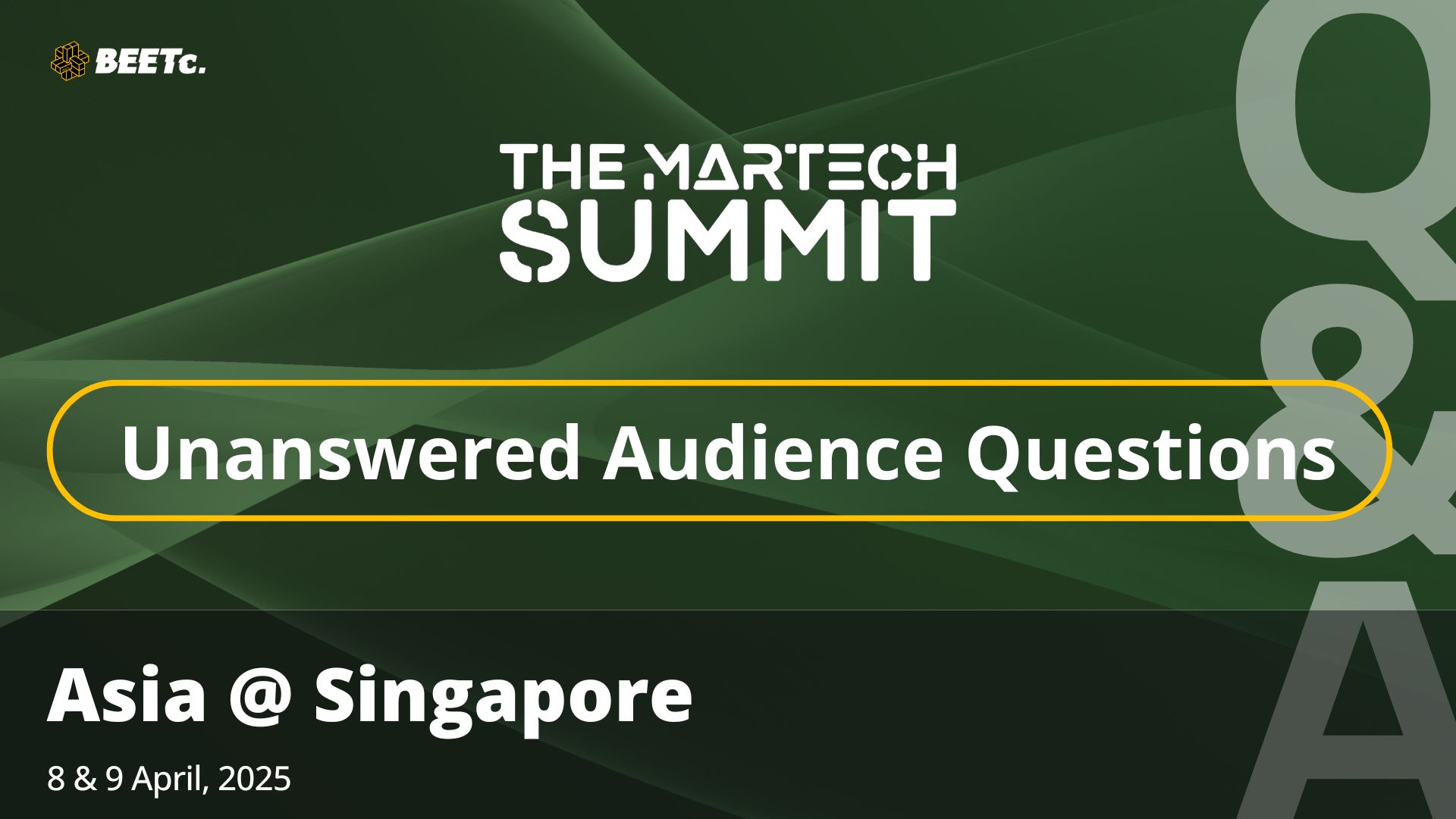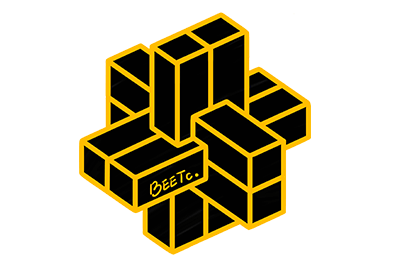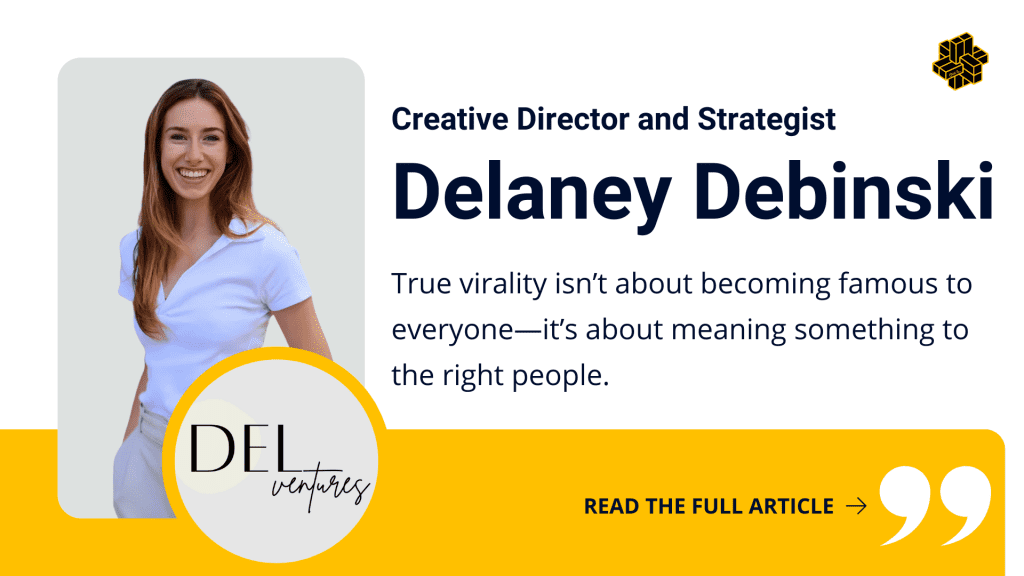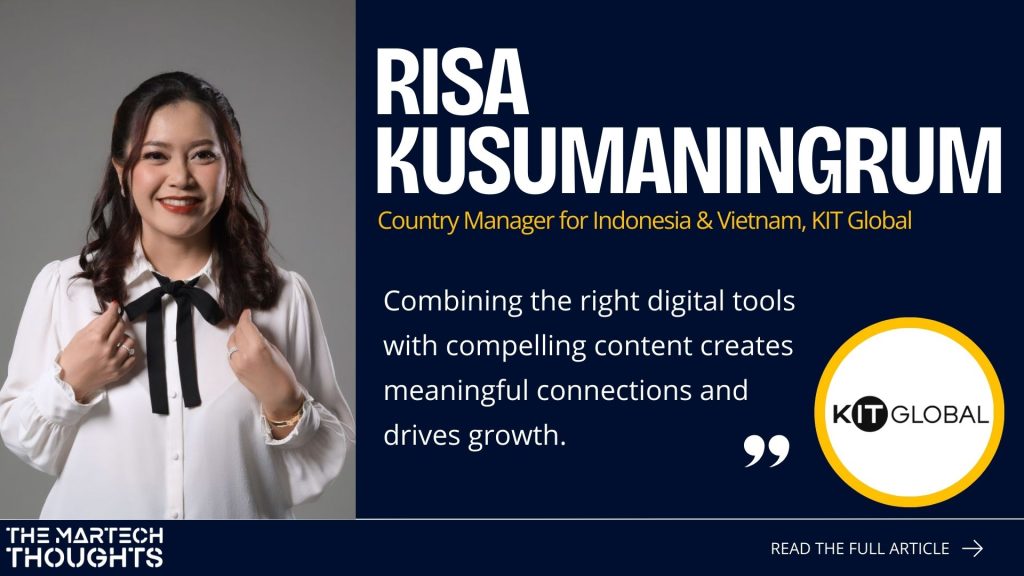Architecting MarTech: Stack Composability & Strategic Rationalisation
The two-day summit welcomed over 500 senior marketing professionals, alongside more than 70 insightful speakers and 20 leading MarTech exhibitors. Attendees explored the latest trends in marketing technology, discovered cutting-edge innovations, and engaged in valuable exchanges of ideas and strategies. Now, welcome to our summit’s aftermath—Join us as we unravel the mysteries and shed light on the lingering questions posed to the brilliant speakers who captivated us during the summit!

Unanswered Q&A from The MarTech Summit Asia
- Panel Discussion | [Digital Commerce] Adapting to the Future of Online Shopping
- Panel Discussion | [CRM] Building Stronger Customer Relationships Through AI Innovation
- Fireside Chat | [B2B Buyer Journey] Maximising Productivity Across the Buyer Journey through Enablement Strategies
- Panel Discussion | [Data Integration] Connecting the Dots for a Unified Customer View
- Fireside Chat | [Account-Based Marketing (ABM)] Integrating MarTech to Drive Targeted Engagement and Growth in the Digital Age
Panel Discussion | [Digital Commerce] Adapting to the Future of Online Shopping
Speaker:
David Lee, Director, Lifestyle Cluster, NTUC LearningHub for Retail
❓What’s your strategy for integrating commerce across social, mobile, and emerging platforms?
To integrate today’s dynamic and seamless digital landscape, the strategy begins with an investment in insights and inspiration in
- Data Management Platform (collect, store, organise and analysis of data for customer profiles)
- Demand Side Platform (manage digital campaigns across multiple ad exchanges and optimise ad spending)
- Supply Side Platform (engage publishers – Microsoft/Google/ etc. to connect and manage mix package of ad inventory effectively)
❓How do you use first-party data to personalise the online shopping journey? Without being intrusive?
To personalise a non-intrusive online purchasing journey, the marketer must work on data insight into the life of the consumer, e.g.
A mother buying infant milk powder:
- Night time – research for infant milk formula , read customers’ reviews and comments on brands –> marketer shall activate and encourage bookmarking, digital coupons, etc.
- Morning – while in transport – send a push message to add to the shopping cart
- Lunch – window shopping in supermarkets – encourage scan of promo QR code for shopping cart, social share, review, comments, etc.
- Afternoon – back to the office – send reminder to convert shopping cart to purchase
❓How does your team bring emotion into the digital shopping experience?
Consumers are still human beings with five senses. Thus, in the digital world, the video and pictures need to touch the five senses; e.g. selling rice… instead of a rice bag or rice grain, show a bowl of steaming rice:
Sights – translate to appetising food
Smell – steaming rice
Touch – show the fine texture of cooked rice
Instinct – Shark (hunger), Sentiment (loving mother), New Learning (healthy rice recipes)
❓Creating an immersive experience with AI chat sounds exciting. How can companies justify their investment in this?
As Gen AI is relatively new and continues to revolutionise, the company can begin with bite-size Proof of Concept to inspire the senior management with new ideas.
Panel Discussion | [CRM] Building Stronger Customer Relationships Through AI Innovation
Speaker:
Nicole Lim, Group Head, Brand & Director, Marketing, CGS International Securities
❓What is the true scope of CRM?
We position CRM as the control tower for customer engagement – guiding every interaction with intelligence and intent. A business tool to help drive business strategy beyond customer lifecycle, data and workflow hub.
❓How much can we truly trust AI in decision-making?
AI is not about blind trust but about informed augmentation.
- You shouldn’t fully trust AI decisions without human review — especially in regulated industries.
- But we should trust AI to support decision-making, accelerate pattern recognition, and surface insights we might overlook.
The point of AI isn’t to replace judgment but to elevate it. The risk isn’t using AI but not using it thoughtfully.
❓On sales forecasting — why is it so complex?
Why is sales forecasting so tough? Because it’s like trying to predict the weather — things keep changing, and not everyone’s giving you the same report.
- Different salespeople share different info
- Outside events like market swings or new rules can mess things up
- Marketing, sales, and clients often aren’t on the same schedule
How can CRM and AI help? They look at what’s happened before, spot patterns, and flag possible issues early — kind of like giving you a heads-up.
But at the end of the day, no tool can replace people working together and trusting the process. Good forecasts come from both smart tech and clear teamwork.
❓Examples of Social Listening Dashboards
Social listening dashboards vary by platform. Some common tools:
- Brandwatch or Meltwater: Sentiment, trend spikes, influencer analysis
- Sprinklr: Multi-channel listening tied to CX performance
- Talkwalker: Visual trend maps, image recognition, share of voice
- Google Trends: Lightweight but good for market interest patterns
- Hootsuite Insights: Entry-level listening across platforms
We are on Meltwater currently.
❓How do you balance regulatory and data privacy issues when using AI tools?
This is key, especially with AI platforms accessing sensitive data.
You can balance this by:
- Data minimisation: Only send what’s necessary.
- Using private or enterprise-grade AI (e.g., Azure OpenAI, local LLMs). Optional, to consider.
- Compliance layer: Ensure any third-party AI tools comply with GDPR, PDPA, PDPA (MY/SG/TH), etc.
- Role-based access: Restrict who can access what within CRM and AI platforms.
- Anonymisation: Where possible, use masked or pseudonymised data for training or analysis. We have a sandbox for this in any case there’s a need for training, analysis or testing.
Public LLMs should never be fed customer PII unless there’s an enterprise contract ensuring compliance.
❓How do you safeguard sensitive customer data when using AI?
- Use enterprise-grade AI only (e.g., Salesforce Einstein, Adobe Sensei, or private-hosted models). We are on Salesforce, as shared during the session.
- Encrypt data in transit and at rest.
- Set strict internal policies on what data can/can’t be used in AI prompts.
- Use audit trails and access logs to detect and track any misuse.
- Collaborate with InfoSec and Legal early when evaluating new AI tools.
The structure will have to be aligned within the organisation between marketing, data security, IT and business stakeholders. Think of AI as a high-performance engine — but your governance framework is the seatbelt.
Fireside Chat | [B2B Buyer Journey] Maximising Productivity Across the Buyer Journey through Enablement Strategies
Speaker:
JL Cheam, Regional Head of Marketing Excellence, Maersk
❓What tools or frameworks have helped you map the buyer journey more effectively?
Over the years, we have built and rebuilt our view of buyers and their journeys, primarily through customer interviews. There is no silver bullet here, but we derive insights on what is important to the decision makers and influencers at different stages of their journey, and with web analytics, we can monitor and flag areas for action where experience does not meet their standards.
❓Which enablement resources have been most valuable for decision-makers in long sales cycles?
We invest substantially in content marketing for complex sales. Through industry insights, whitepapers, case studies, and frequent market updates, we get a good ground pulse and interest level, and in return, our customers get informed of Maersk’s perspective on topic du-jour and, more importantly, know how Maersk may play a role in strengthening their logistics and supply chains. Our Sales team similarly bring these materials to proactively engage customers – Marketing gets credited when our materials open new doors and are even used to anchor customer events.
❓How do you strike the right balance when asking questions in lead forms?
The rule of thumb is no more than four- just to sufficiently establish basic contact info, explicit interest, and consent. We simply cannot expect prospects to jump through hoops and do our homework for us anymore. We implement progressive profiling if we need more information, but where possible, we’ll enrich prospect profiles via LinkedIn and map engagements across our digital channels and company-level profiles using AI in CRM.
❓When presenting data to support decisions, is less more—or is quantity key?
More data paints a clearer picture, but when it comes to insights, quality is key. We have high dependencies on platform and data interoperability, so Marketing Ops and data competency are, in our experience, prerequisites to build up this value chain. We work backwards from insights our stakeholders need, where we need behavioural tracking, and in what mode and cadence to bring in data for analysis and insights.
❓What are your thoughts on purchasing leads? If not, where would you reallocate that budget?
We don’t buy database of leads, but content syndications and paid media are valuable tools in our repertoire. They do not translate well into sales but are great for building up prospective audiences, generating interest, and speeding up user acquisition in new markets. We have seen a resurgence of events – Sales and customers alike value opportunities to meet in person. Marketing gets to influence and accelerate purchase decisions directly, and our focus and budget are therefore calibrated to facilitate this.
That said, every industry is different and it’s always a work-in-progress. Find that right watering hole that works for your market, and we’d love to learn from you, too!
Panel Discussion | [Data Integration] Connecting the Dots for a Unified Customer View
Speaker:
Sheila Berman, Global Data Product Excellence, Brenntag
❓What’s the difference between AI and ML, and is there enough awareness of this in organisations?
Machine Learning is one of the methods – the how. Other methods or approaches include Robotics and Natural Language Processing. Artificial intelligence is the what – the tool that performs tasks that require analysis, adaptation, and automation.
Are most people in the organisations aware of the nuances and differences? No. This is why it is important to continuously share knowledge to manage expectations.
❓When cleaning the data, how should you start fixing issues as they arise or addressing everything together across all platforms and departments?
Start with what is in the data governance. Good data governance should be able to define the correct processes and procedures for managing data, including guidelines that cover multiple platforms. If the fields were correctly set up from the start to capture information and rules were properly implemented, minimal cleaning would need to happen.
There should also be one central repository and one source of truth to maintain data accuracy.
For data issues, prioritise critical errors. Set up a system to define priorities 1, 2, etc., and the severity of their impact on business operations.
❓What’s the one thing that you didn’t know at the beginning of your involvement that you wish you knew right from the get-go?
Data management is a critical component of business, but it is so complex that not many people want to handle the operational side of it. However, once there is governance in place, and it is implemented properly and consistently, data management becomes manageable.
Fireside Chat | [Account-Based Marketing (ABM)] Integrating MarTech to Drive Targeted Engagement and Growth in the Digital Age
Speaker:
Tricia Ang, Vice President, Marketing, Handshakes by DC Frontiers
❓I would like to embark on ABM, but I need to educate my sales team / C-suite on its value. Any advice on how to get started in this scenario?
- Introduce the ABM strategy by outlining its benefits and trade-offs compared to traditional marketing
- Highlight account familiarity and long-term relationship building as key drivers to ABM success
- Seek management’s commitment and secure budget
- Track results based on pre-determined metrics
Throughout the event, your inquiries ignited conversations and fueled our curiosity. Your engagement has truly enhanced the experience for all involved. For those unable to attend the live sessions or wanting to revisit the insightful discussions and presentations, we invite you to access the BEETc On-Screen on our learning platform. Let’s continue to connect, learn, and grow together, fostering innovation and excellence in the ever-evolving landscape of marketing technology. We eagerly anticipate welcoming you back at future events. Of course, there are more exciting in-person events throughout the year, please visit:
Stay tuned for updates!
⭐ Register now! Yearly & Monthly Passes available!
BEETc On-Screen, our On-Demand Learning Platform, where you can find all the previous sessions of The MarTech Summits, CXO Innovation and exclusive BEETc On-Screen Webinars!
Gain more MarTech insights here: https://themartechsummit.com/content-library/
Last updated: May 2025













